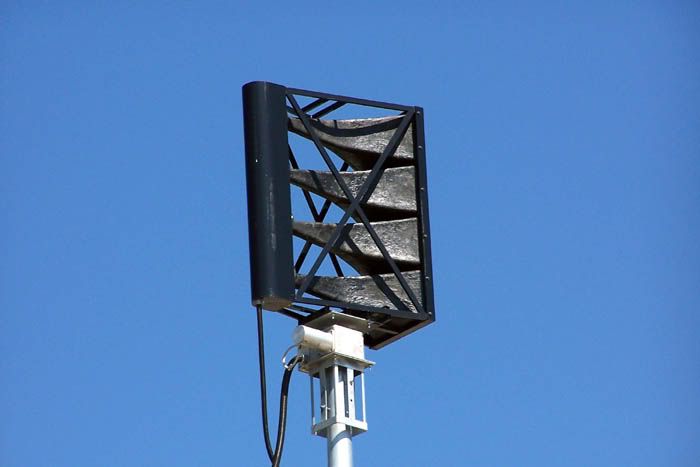coyoteunknown wrote:http://www.atisystem.com/index.htmcyclonesthebest wrote:btw, what is ATIs website?
the siren pictured in the top right in the about us looks like a early whelen 1000 series doesent it?
coyoteunknown wrote:http://www.atisystem.com/index.htmcyclonesthebest wrote:btw, what is ATIs website?

You mean the top/left. I'm unsure of the model name, but there was another thread regarding this siren. It's an early ATI that more/less echoed the Whelen WPS 4000 series. It's not as structurally sound as the Whelen.videogamer wrote:coyoteunknown wrote:http://www.atisystem.com/index.htmcyclonesthebest wrote:btw, what is ATIs website?
the siren pictured in the top right in the about us looks like a early whelen 1000 series doesent it?



va_nuke_pe wrote: ATI used the same horn design for a few of the sirens around the perimeter of the Indian Point EPZ - they dropped the rotator and set two of them on a pole facing different directions and designated it as the HPSS32 bi-directional. They were located around the perimeter to reduce sound "spillover" outside the EPZ boundaries. The rest of the new sirens are the conventional HPSS32 designs.


JasonC wrote:Apparently 121dB and 128dB, but their dB ratings aren't clearly published. Their 1000Hz siren tone will also attenuate a lot faster than a comparable siren such as a Whelen that uses a lower tone. I don't feel like doing the math right now, but a much smaller siren from any other manufacture will have a greater cover area as well as the benefit of attracting attention better. This, combined with the numerous problems with several systems (especially the nuke plant one thats already rusting before the system is operational) is downright ridiculous.

Return to “Main Outdoor Warning Sirens Board”
Users browsing this forum: No registered users and 2 guests